Videos
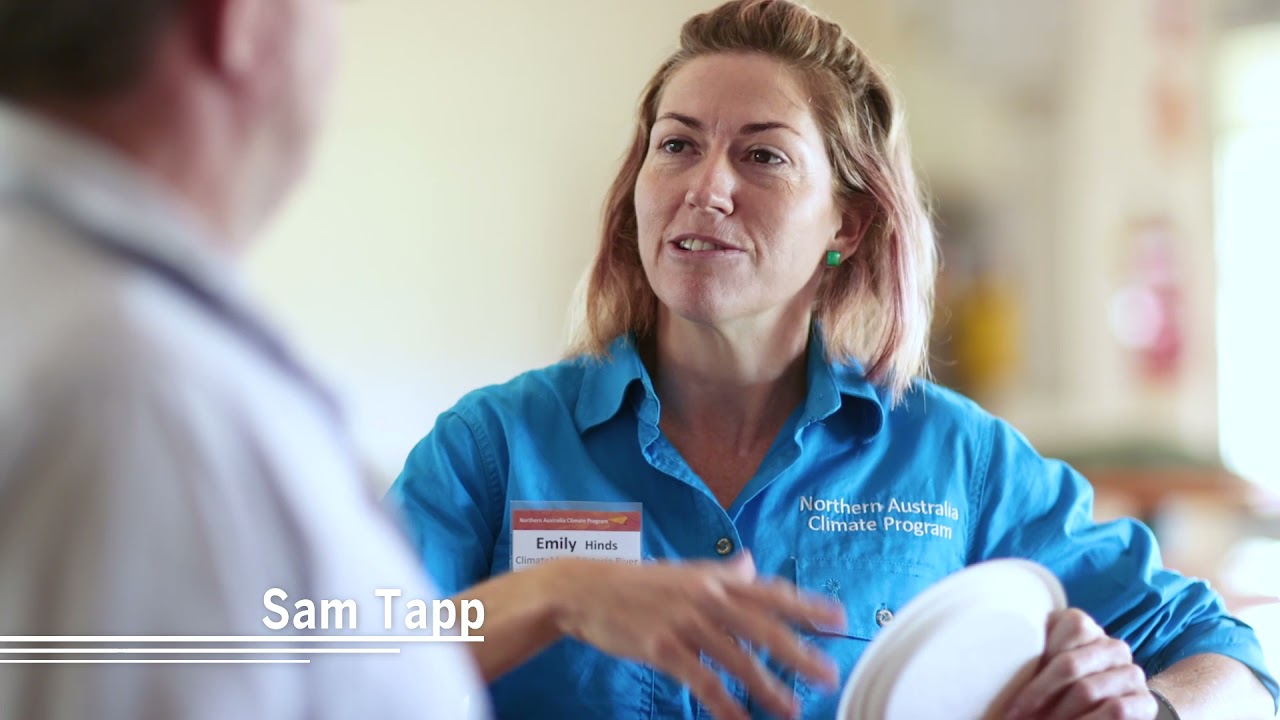
How can the Northern Australia Climate Program help me with decision making?
Video length: 3:23
In this short video listen to stakeholders throughout the red meat industry supply chain explain why they would recommend attending a NACP workshop and getting to know your local Climate Mate! The Northern Australia Climate Program is about engagement and education for the red meat industry in northern Australia. Education on climate drivers and climate tools which give you the most accurate information on weather and forecasting available. Our local Climate Mates are specialists available to help you apply climate and forecasting information to your situation in a simple and practical way. Building a bridge between cutting edge research and technology and your business in the red meat industry.
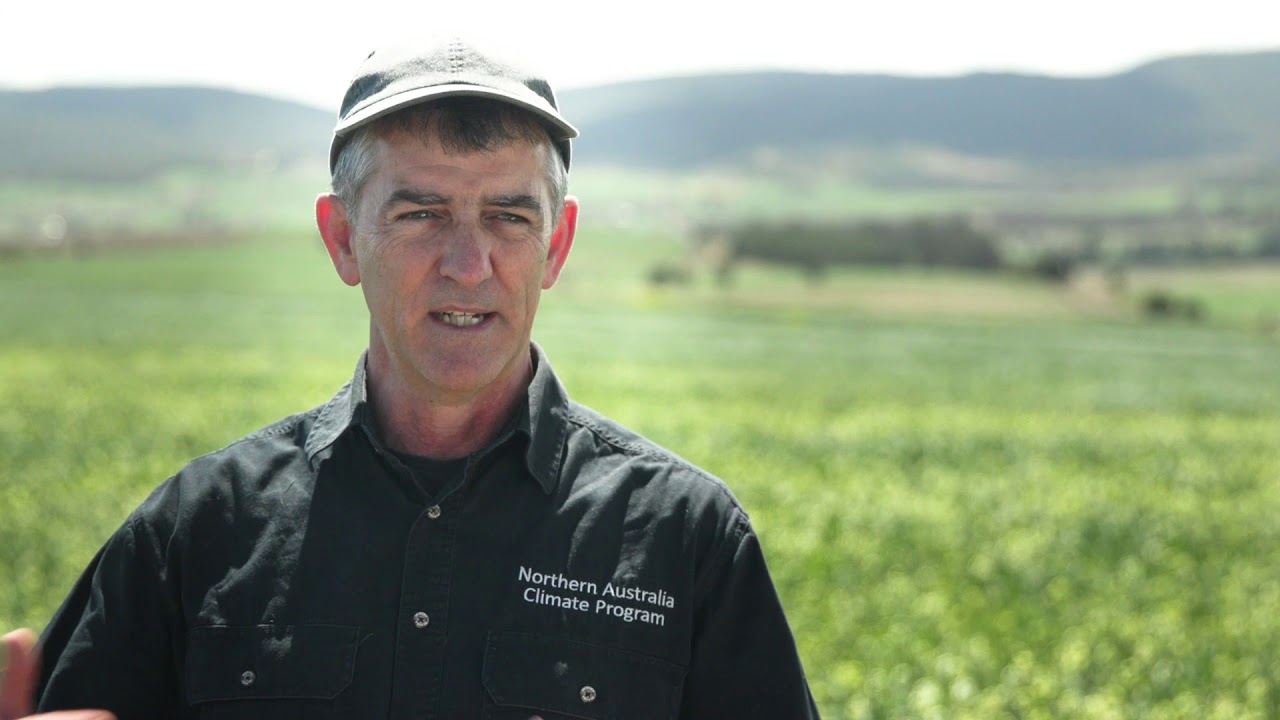
What is a Climate Mate?
Video length: 1:55
Paul Webb (Climate Mate) and Darren Marshall (cattle producer near Warwick) discuss how Darren used climate information to make decisions for his business.
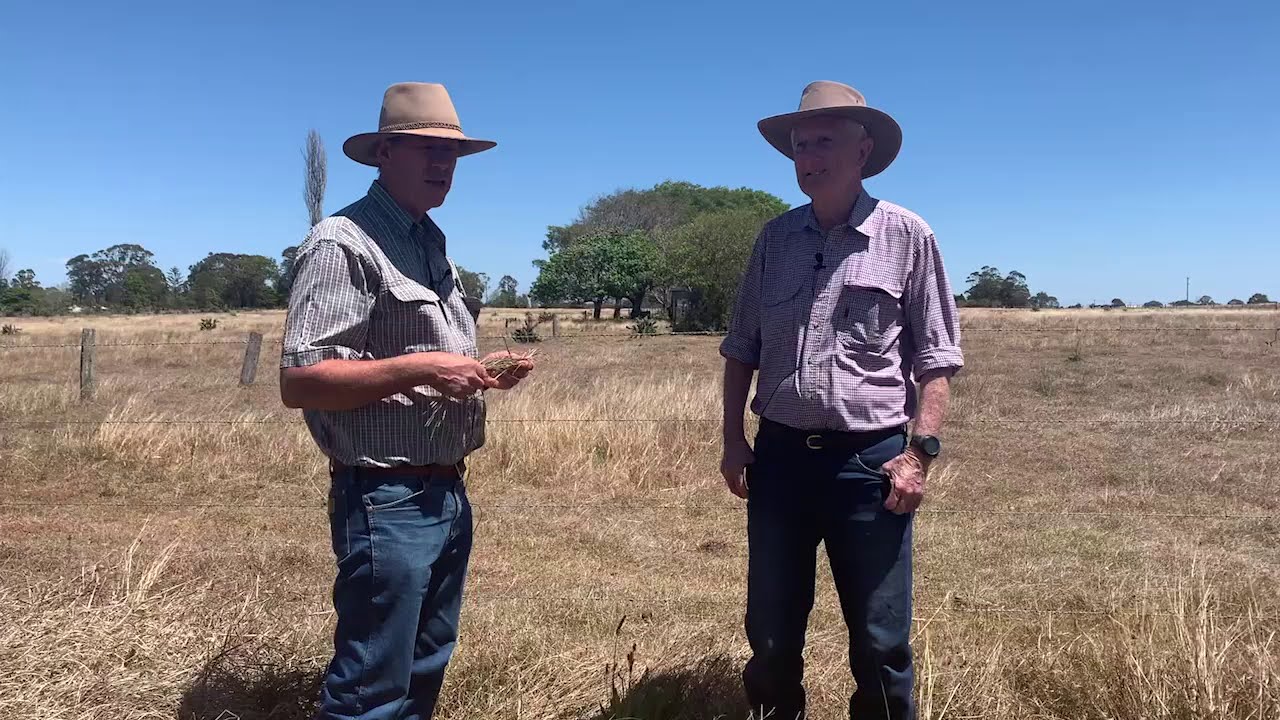
La Niña and Soils
Video length: 2:49
Bruce Alchin (Climate Mate SE Qld and Rangeland Consultant) and Damien O Sullivan (DAF Kingaroy) discuss how good rainfall driven by La Niña improves pasture production through greater soil microbial activity, organic matter breakdown and nitrogen fixation, and extra nitrogen from lightning strikes.
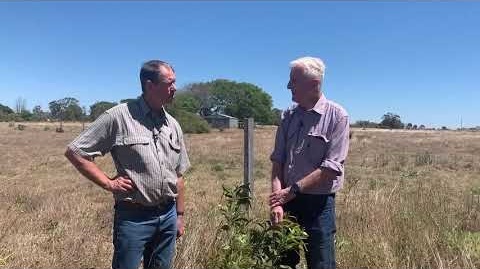
La Niña and Weeds
Video length: 5:29
Bruce Alchin (Climate Mate, Southeast Queensland & Rangeland Consultant) and Damien O’Sullivan (DAF, Kingaroy) share some insights into the spread of weeds during La Nina years and how to stop this spread from happening, including the use and application of herbicides in different country and tips for application.
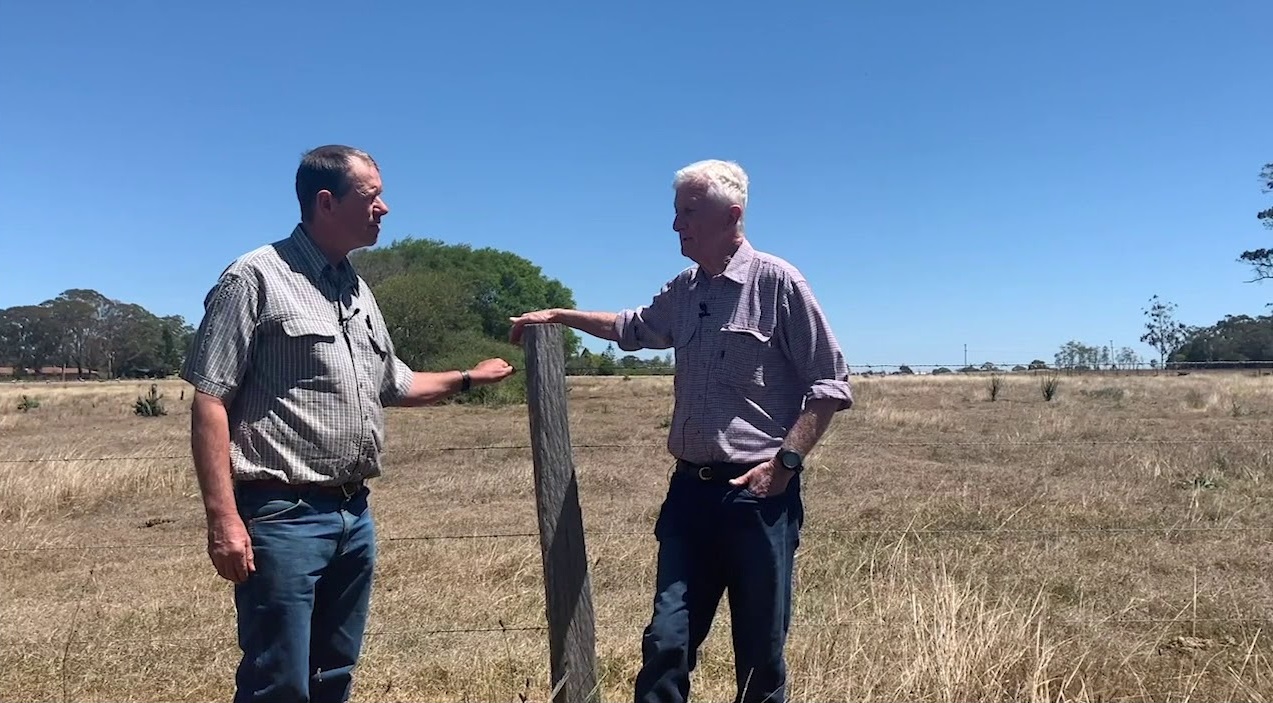
La Niña and Pasture Management
Video length: 2:35
Bruce Alchin (Climate Mate, Southeast Queensland & Rangeland Consultant) and Damien O’Sullivan (DAF, Kingaroy) discuss some options for pasture management during a La Niña year, including pasture response and wet season spelling.
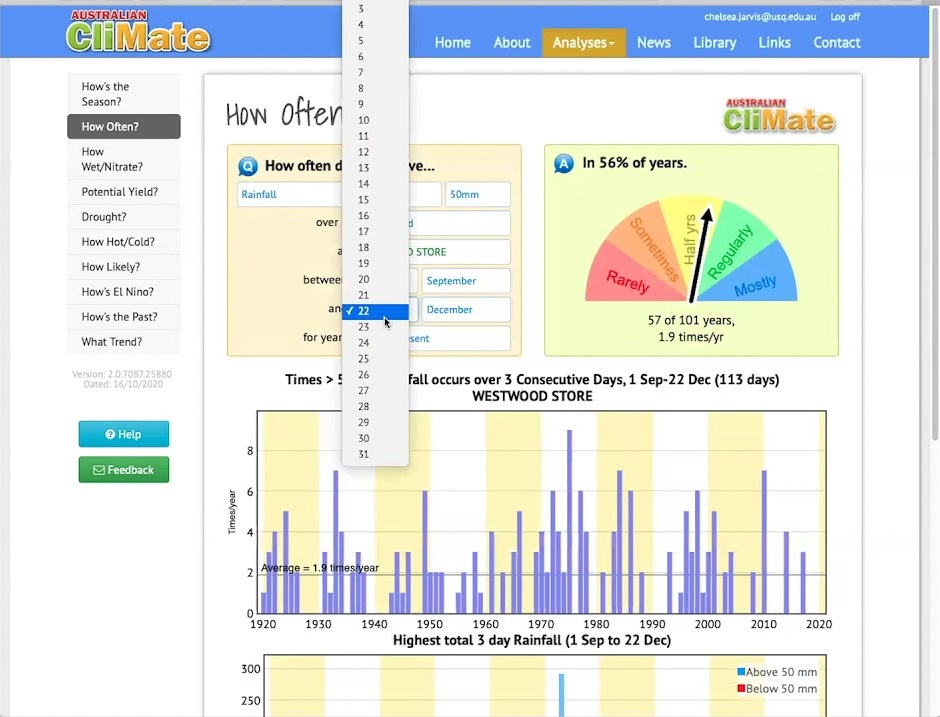
Green Date #1: Calculating your Green Date
Video length: 6:53
Here is our first video in the Green Date Series, called Calculating your Green Date. Presented by Dr Chelsea Jarvis (Climatologist with Northern Australia Climate Program), this video discusses what a green date is and why you need it. For more information on NACP and our local Climate mates, including our free online course, visit https://www.nacp.org.au/outreach or email info@nacp.org.au.
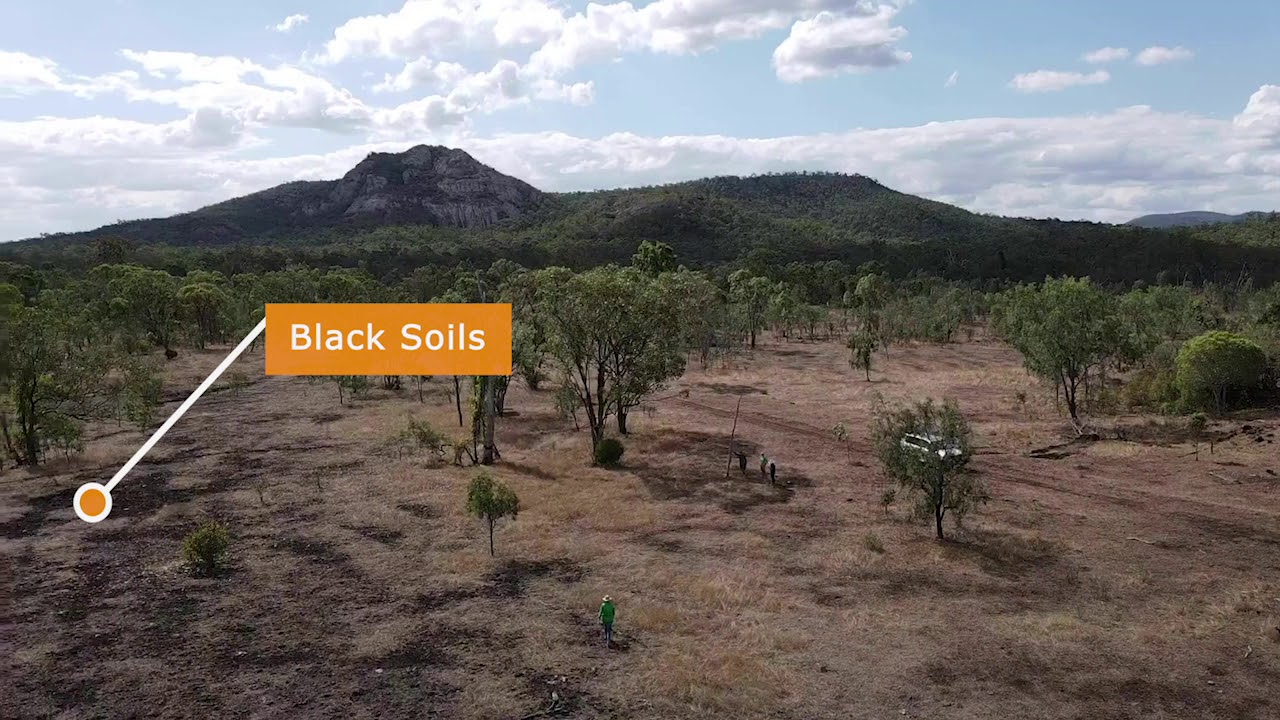
Green Date #2: Looking at Different Soils
Video length: 4:52
In the second video of our Green Date series, Dr Chelsea Jarvis (Climatologist for Northern Australian Climate Program) looks at different soils that have been preferentially grazed. This will how ground cover can affect pasture response when your green date arrives. For more information on NACP and our local Climate mates, including our free online course, visit https://www.nacp.org.au/outreach or email info@nacp.org.au.
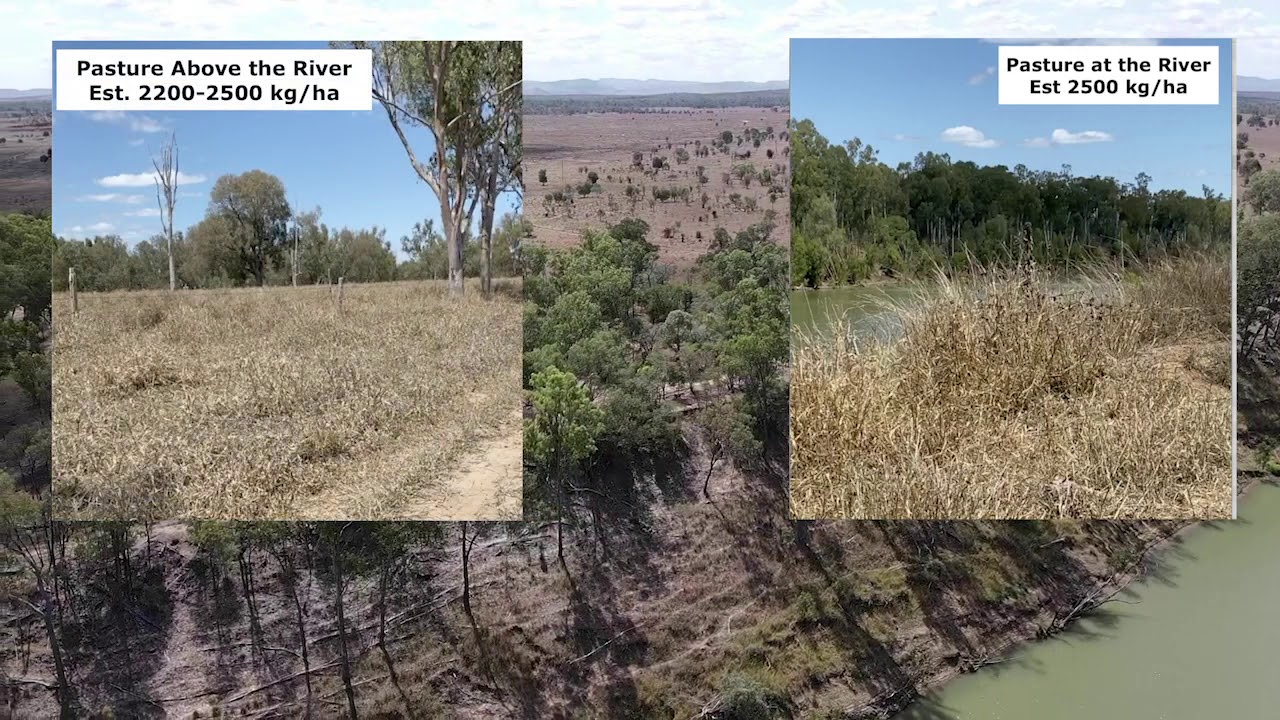
Green Date #3: Looking at Different Pastures
Video length: 3:26
Continuing with our Green Date series, Dr Chelsea Jarvis (Climatologist with Northern Australia Climate Program) takes you on a journey looking at different soil types to show how different pastures respond when the green date has been reached. For more information on NACP and our local Climate mates, including our free online course, visit https://www.nacp.org.au/outreach or email info@nacp.org.au.
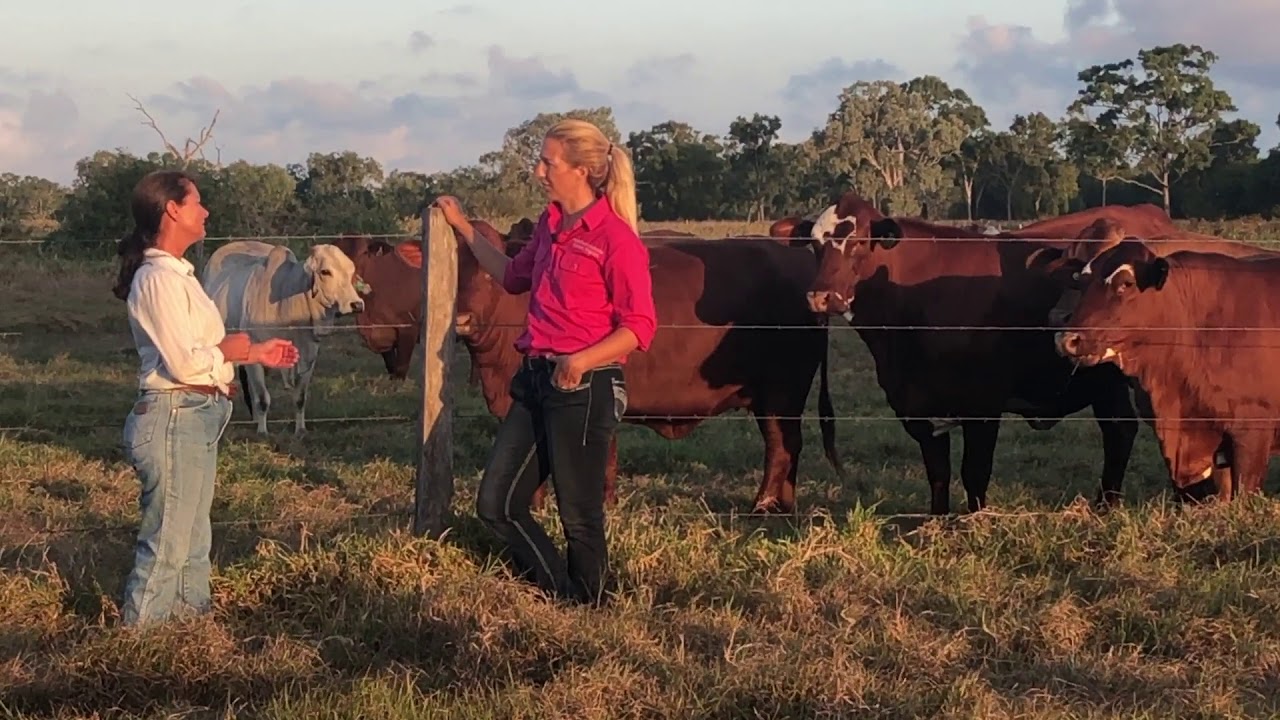
Green Date #4: A Success Story
Video length: 4:58
In our fourth video in our Green Date series, Dr Chelsea Jarvis (Climatologist for Northern Australia Climate Program) chats with Roxanne Morgan (Beef extension officer, Queensland Agriculture) about how she uses her Green date to inform management decisions on her property. For more information on NACP and our local Climate mates, including our free online course, visit https://www.nacp.org.au/outreach or email info@nacp.org.au.
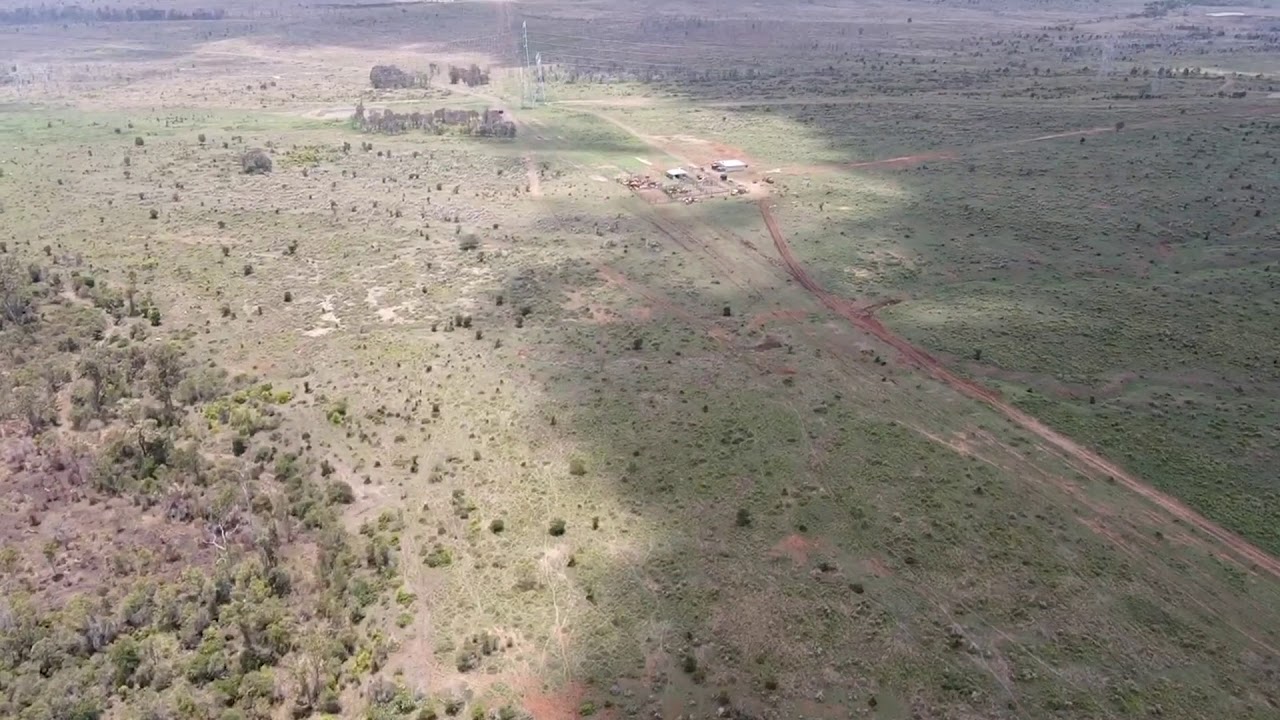
Green Date #5: False Start
Video length: 3:13
In our fifth Green Date video, Dr Chelsea Jarvis (Climatologist with the Northern Australia Climate Program) discusses what it can mean if you get green grass before your Green Date and why using the green date as a decision making tool is still useful in the instance of a false start.
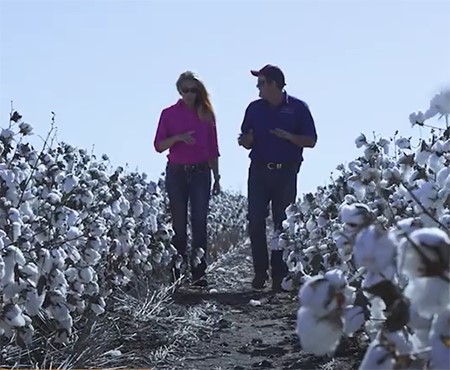
Using rainfall burst forecast
Video length: 2:33
A shorter video explaining how the rainfall burst forecast can be used.
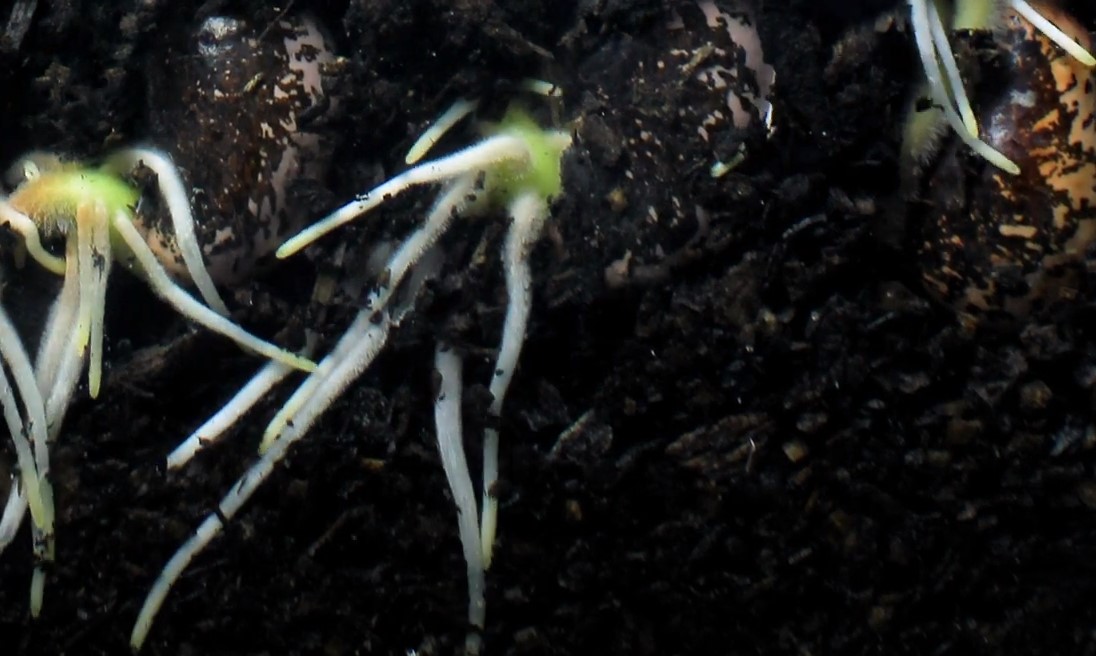
How Rainfall Burst is Used
Video length: 3:56
In this short video we hear from producers of cotton, red meat and sugar how they are using the rainfall burst product to make smarter management decisions.
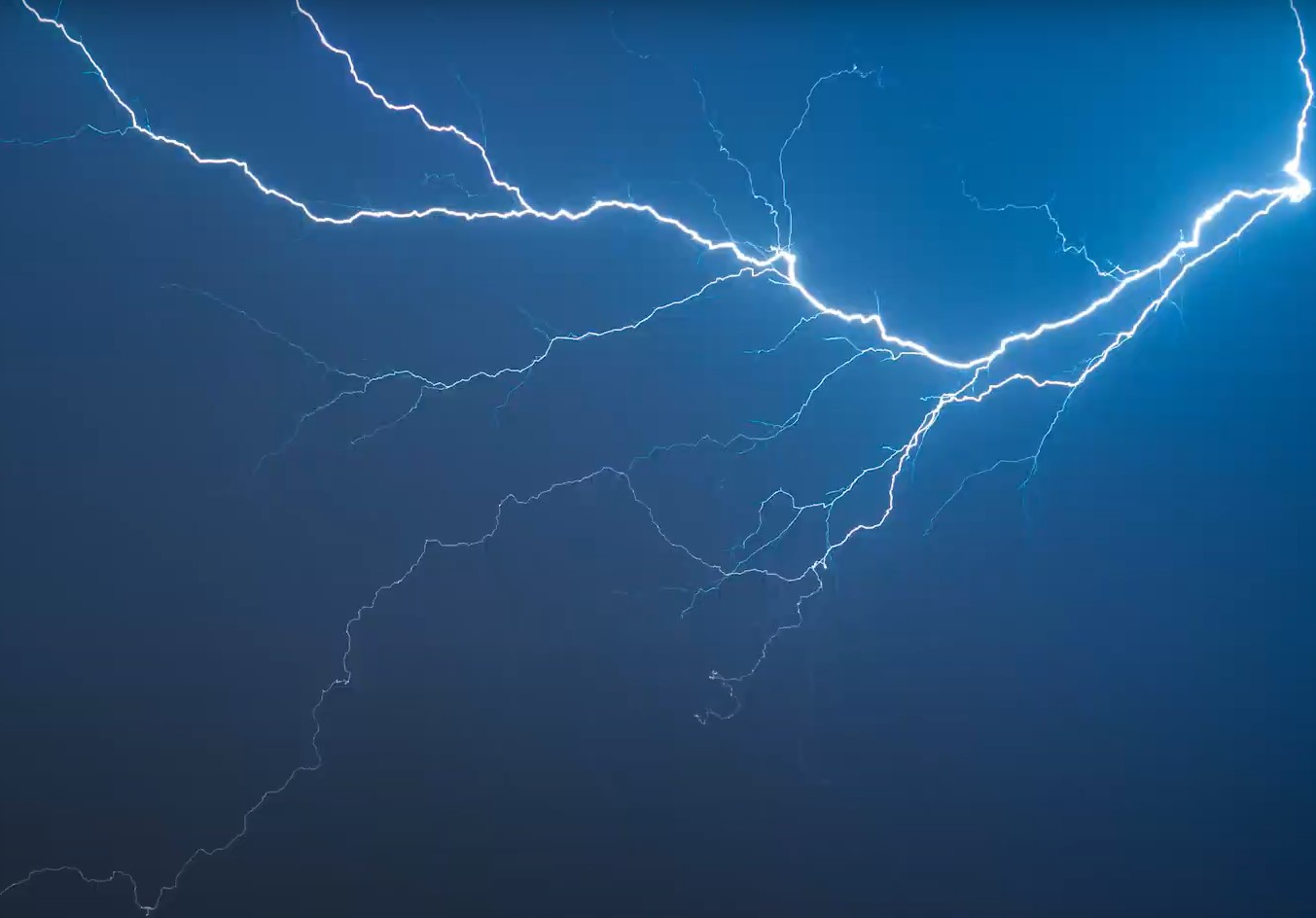
What are Deciles?
Video length: 2:32
A short video explaining deciles and where you find them on the Bureau of Meteorology forecast. The video also discusses how deciles are used in management decisions.

Probability of Exceedance
Video length: 2:24
A short video explaining the probability of exceeding forecast and how it is used.
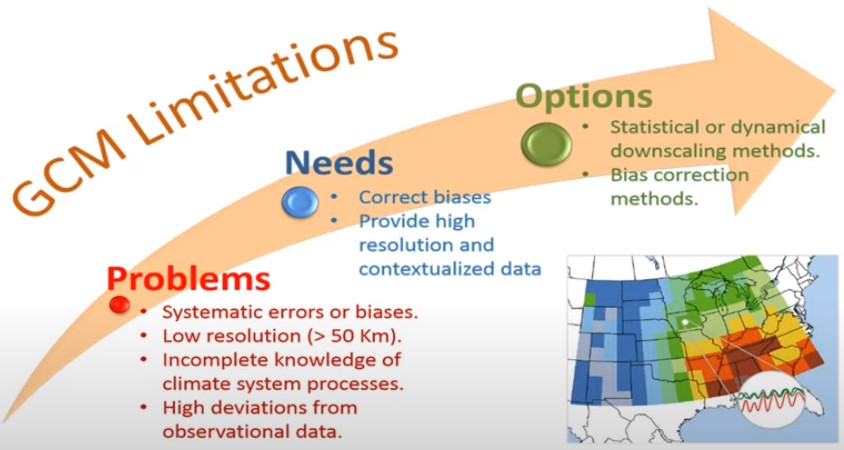
Dynamical Downscaling - what is it good for?
Video length: 52.28
The climate system is global, and climate projections are created using Global Climate Models (GCMs) as the primary tools. With limited computational resources global models in CMIP6 use an average resolution of ~1.5°. This resolution is too coarse to capture local climate phenomena that are very important in some areas, including the influence of mountains and coastlines. It is also too coarse to capture some processes that are important in the production of climate extremes that a re responsible for much of the climate-related risk to human and natural systems. The global climate projections can be dynamically downscaled to higher resolutions to overcome this limitation. In this presentation, Jason will describe dynamical downscaling, the evidence that it improves on global models, and when it is most useful. Along the way, you’ll also hear about some of the research he has been doing.
